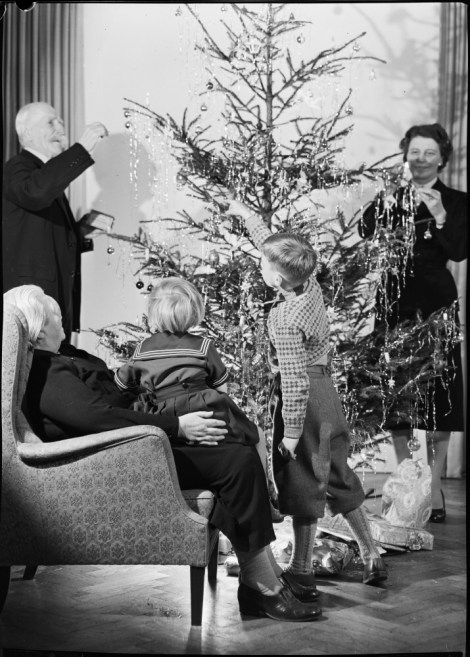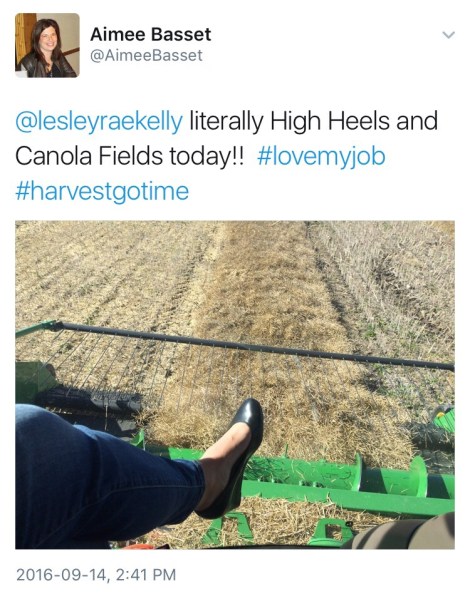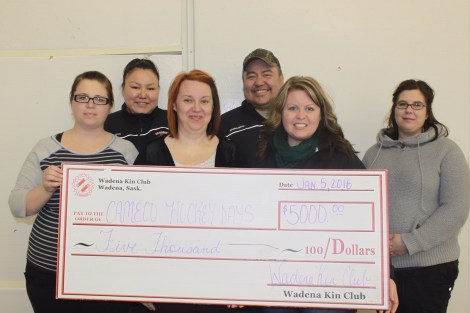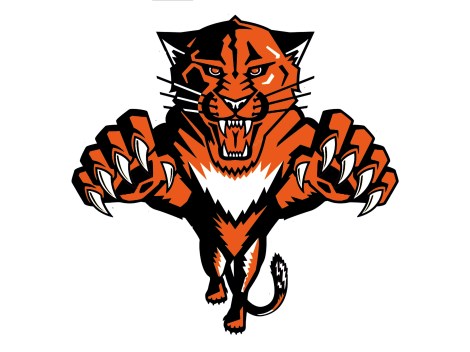
So you haven’t heard about Giving Tuesday? Your not alone, it was a new term to me too. What it is, is a movement to create an international day of giving on the Tuesday after thanksgiving at the beginning of the Christmas and holiday season.
The reason it caught my interest is because I have struggled with the materialism surrounding the holiday season in the past. I have always hated Christmas shopping and maintained that if you can’t think of anything to put on your list, then you probably don’t need much of anything. It saddens me to see everyone running around spending money they don’t have on things that other people don’t need. The magic of Christmas for me is not what is under the tree, but who is around it.

A few years ago I was trying to make the dreaded annual Christmas lists for my kids, who really didn’t need anything. This is what I ended up writing instead and delivered to our family on behalf of my boys.
As the season approaches
Of sugar plums dancing in our dreams
We can’t help but notice that
Our house is bursting at the seams!
We are digging out decorations
And preparing for all the cheer
Because tradition does demand
Many things this time of year
‘On the naughty or the nice list?’
Mom and Dad have gave their warning
We do look so forward to opening
Some gifts on Christmas morning
But we do share a room
Which also holds ALL our STUFF
So we kindly ask you to consider size
(or Mom might say ‘enough!’)
As for Mom and Dad
They also love what Christmas brings
Family, friends and eggnog
But they don’t need any more things.
We talked about giving differently this year
And they asked us if we’ve heard
That someone, somewhere might need our help
And could we spread the word….
A 9 year old in Africa
Whose only toy is a stick
A young Mother in Toronto
Who can’t work because she’s sick
A 4 month old in Honduras
Whose only bed is a mat
An orphan in Mongolia
That froze her ears without a hat
So here we are asking you
Look around a little this year
So many people could use a hand
It seems so crystal clear!
Not only far, but close to home
It doesn’t take much to see
Please find a special way to give
Instead of a gift under our tree.
This was never meant to be shared with anyone other than our family but it seemed fitting to include with this post.
I haven’t found much time to write lately but when I stumbled across the idea of #GivingTuesday I decided it was a worthy of finding a few moments. Is there anyone on your list that has you stumped? No time to shop? Send a donation in their name to one of my favorite causes or charities listed below. Even if you have all of your gifts bought, after a weekend full of Black Friday’s and Cyber Monday’s I think we all need a ‘Giving Tuesday’ to help us get into the spirit.
1) Farm Food and Care. This is a Canadian organization that works to connect dinner plates to farm gates. Their goal is to collaborate, communicate, and engage with Canadian consumers. It is a grassroots organization doing great things for consumer/producer communication.
http://www.realdirtblog.ca/what-giving-tuesday-is-all-about/
Click here to give
2) AgChat. This organization is run 99% by volunteers. It’s goal is to provide all people involved in agriculture the tools to tell their story. Follow along with the #AgChat conversation on Twitter Tuesday’s at 6:00 CST.
Click here to give.
3) The Lighthouse in Saskatoon, SK. The Lighthouse operates the Cameco Community Kitchen, which provides meals to the wider community, for anybody who is in need of an evening meal.
Click here to give
4) Food Banks of Saskatchewan. Self explanatory. With the downturn in our economy over the last year or more, usage of food banks is increasing.
5) World Vision. This is one of my favorites because you can purchase seeds or livestock to help families become more self sufficient. I have given many World Vision donations as Christmas gifts in the past.
5) Wadena Food Bank. For my local readers. You can contact me directly for information about donating to the food bank or to the ‘stuff the bus’ Kin Club food drive.
Here for more information.
Don’t think you can pull off a donation this time of year? Find a non monetary way to give. Volunteer at a local seniors center or donate some old holiday decorations or clothing to a shelter. Tuesday November 29th is a great opportunity to celebrate the simple joy of the season by giving.
https://commons.m.wikimedia.org/wiki/User:Kelvinsong
https://www.flickr.com/people/45270502@N0
Thomas Bresson https://commons.m.wikimedia.org/wiki/User:ComputerHotline

























Recent Comments